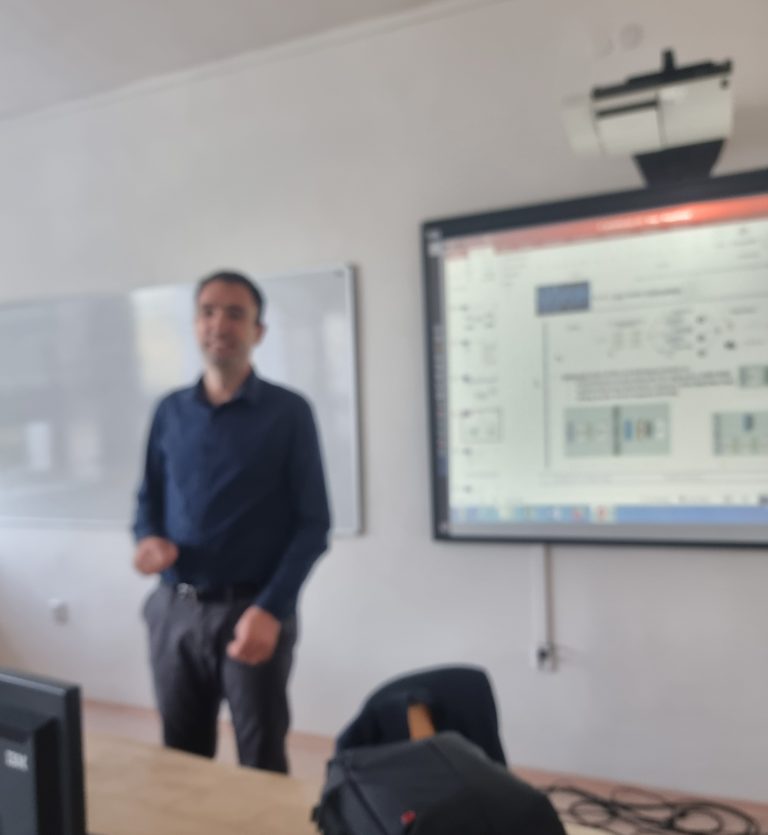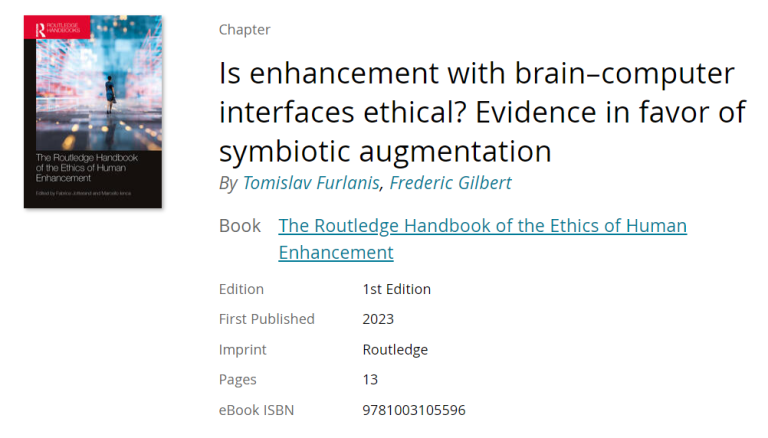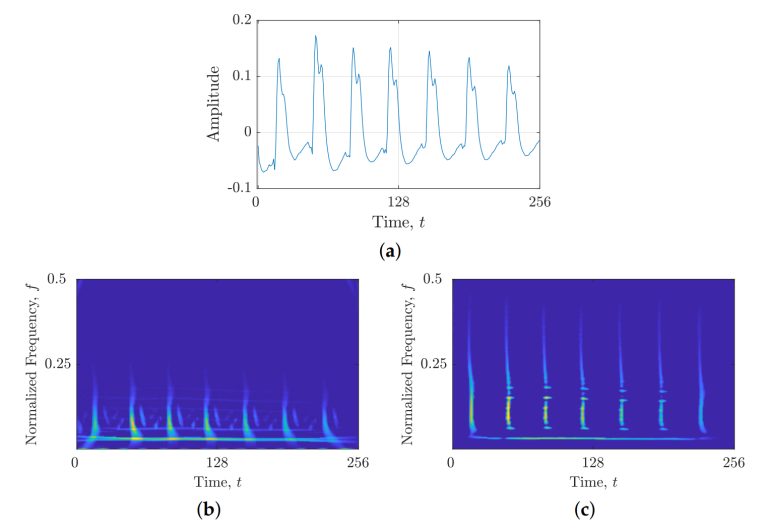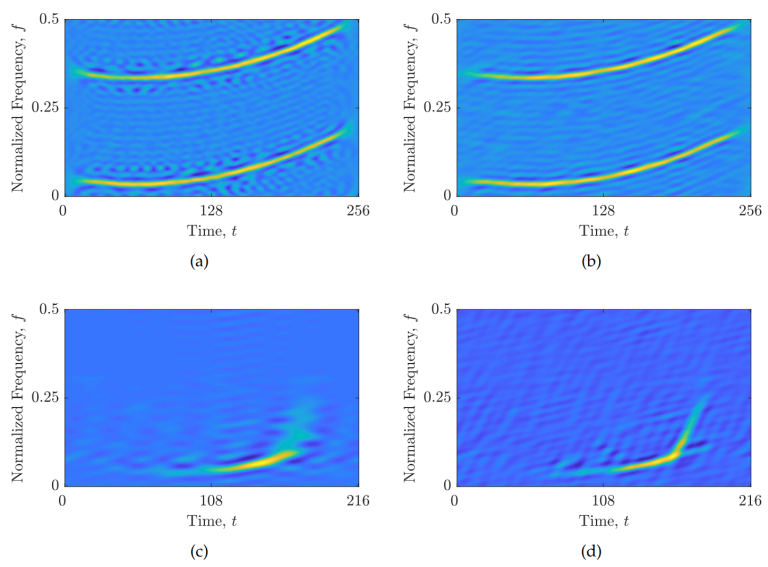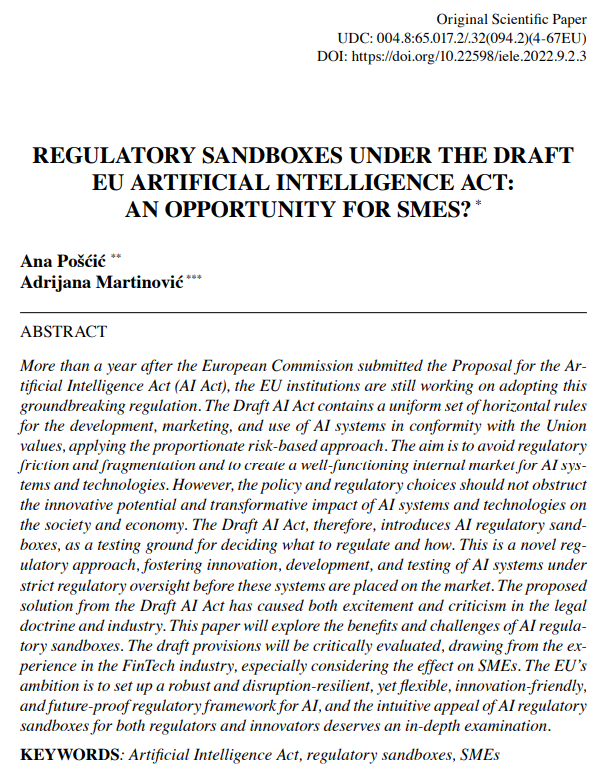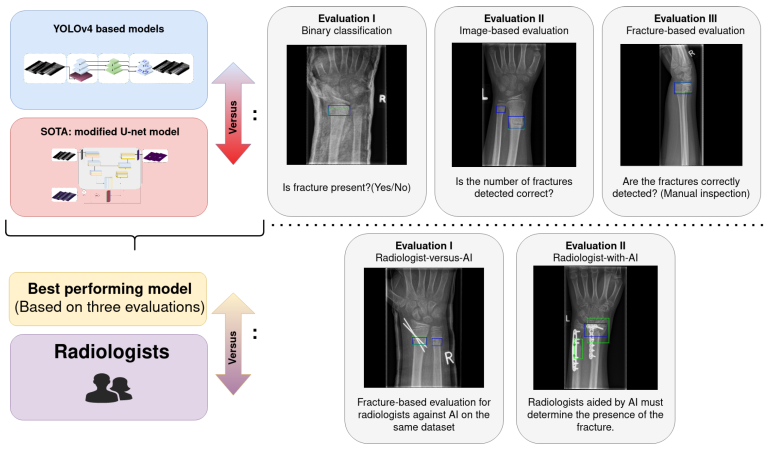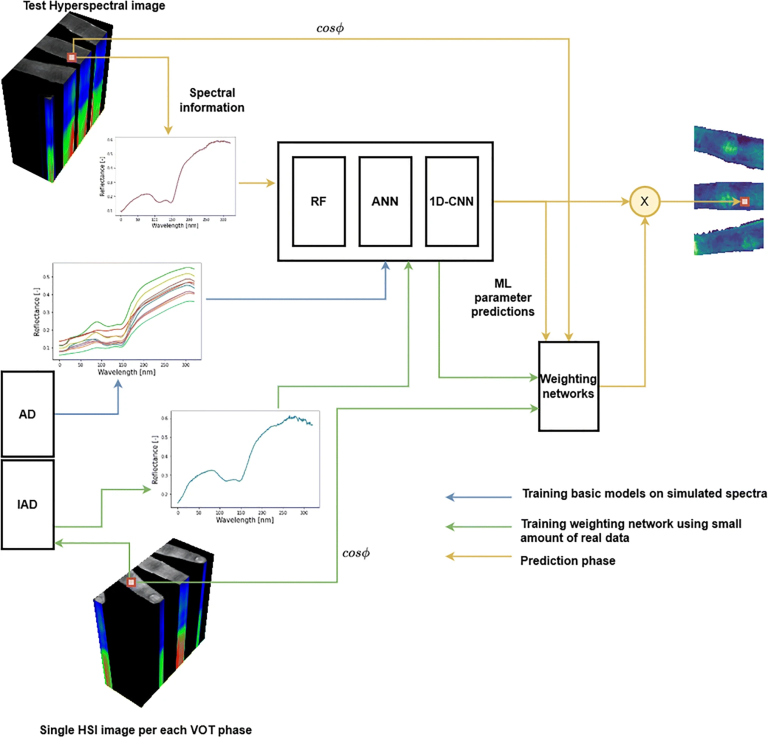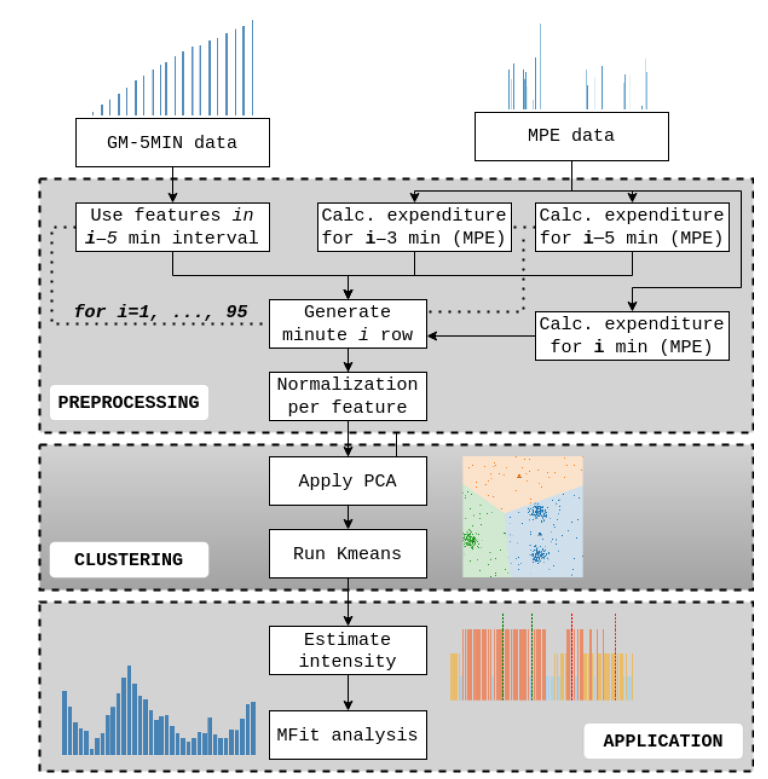On the 11th of October, 2023, prof. Lerga presented research results and activities of the AIRI Center in Nitra, Slovakia, at the Constantine the Philosopher University.
News
Is enhancement with brain–computer interfaces ethical? Evidence in favor of symbiotic augmentation
This book chapter clarifies the unique status of BCI enhancement as symbiotic augmentation based on three distinct characteristics, which we derive from evidence pertaining to empirical cases of implanted patients…This chapter clarifies the concept of symbiotic augmentation and shows how the symbiotic ethical framework aids the users to coherently integrate the changes to personal self-understanding, […]
Method for Automatic Estimation of Instantaneous Frequency and Group Delay in Time–Frequency Distributions with Application in EEG Seizure Signals Analysis
Instantaneous frequency (IF) is commonly used in the analysis of electroencephalogram (EEG) signals to detect oscillatory-type seizures. However, IF cannot be used to analyze seizures that appear as spikes. In this paper, we present a novel method for the automatic estimation of IF and group delay (GD) in order to detect seizures with both spike […]
Sparse Time-Frequency Distribution Reconstruction Using the Adaptive Compressed Sensed Area Optimized with the Multi-Objective Approach
Compressive sensing (CS) of the signal ambiguity function (AF) and enforcing the sparsity constraint on the resulting signal time-frequency distribution (TFD) has been shown to be an efficient method for time-frequency signal processing. This paper proposes a method for adaptive CS-AF area selection, which extracts the magnitude-significant AF samples through a clustering approach using the […]
Robots as moral environments
In this philosophical exploration, we investigate the concept of robotic moral environment interaction. The common view understands moral interaction to occur between agents endowed with ethical and interactive capacities. However, recent developments in moral philosophy argue that moral interaction also occurs in relation to the environment. Here conditions and situations of the environment contribute to […]
Regulatory sandboxes under the draft EU artificial intelligence act: an opportunity for SMEs?
More than a year after the European Commission submitted the Proposal for the Artificial Intelligence Act (AI Act), the EU institutions are still working on adopting thisgroundbreaking regulation. The Draft AI Act contains a uniform set of horizontal rulesfor the development, marketing, and use of AI systems in conformity with the Unionvalues, applying the proportionate […]
Transversal Skills in Applied Artificial Intelligence (TSAAI)
The goal of the project is to study and analyze the most sought-after job profiles related to artificial intelligence on the market, develop education plans for higher education students, conduct education at all partner universities through academic courses with recognition of achieved points, and create a digital academic portal as a gathering place for new […]
Fracture Recognition in Paediatric Wrist Radiographs: An Object Detection Approach
Wrist fractures are commonly diagnosed using X-ray imaging, supplemented by magnetic resonance imaging and computed tomography when required. Radiologists can sometimes overlook the fractures because they are difficult to spot. In contrast, some fractures can be easily spotted and only slow down the radiologists because of the reporting systems. We propose a machine learning model […]
Rapid extraction of skin physiological parameters from hyperspectral images using machine learning
Noninvasive assessment of skin structure using hyperspectral images has been intensively studied in recent years. Due to the high computational cost of the classical methods, such as the inverse Monte Carlo (IMC), much research has been done with the aim of using machine learning (ML) methods to reduce the time required for estimating parameters. This […]
Extended Energy-Expenditure Model in Soccer: Evaluating Player Performance in the Context of the Game
Every soccer game influences each player’s performance differently. Many studies have tried to explain the influence of different parameters on the game; however, none went deeper into the core and examined it minute-by-minute. The goal of this study is to use data derived from GPS wearable devices to present a new framework for performance analysis. […]
